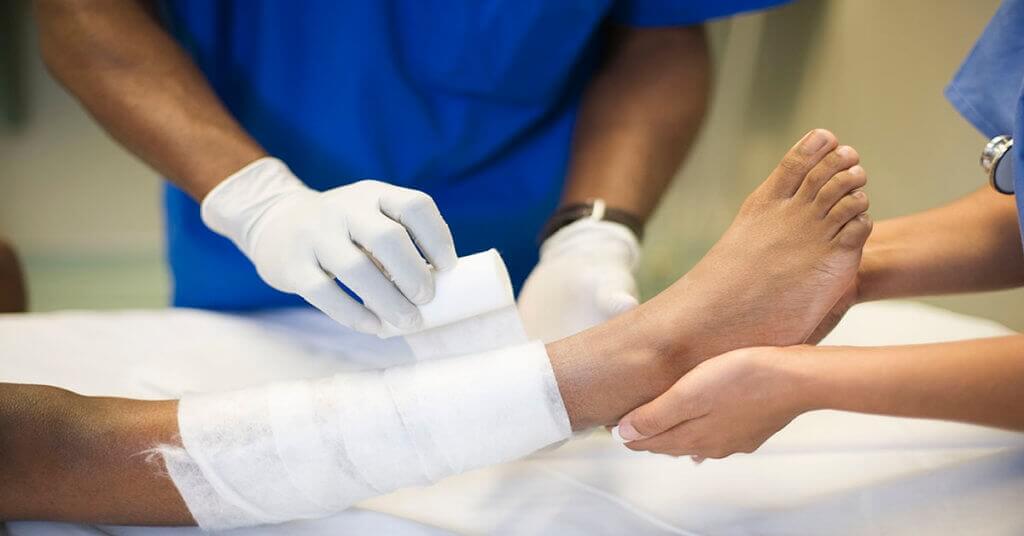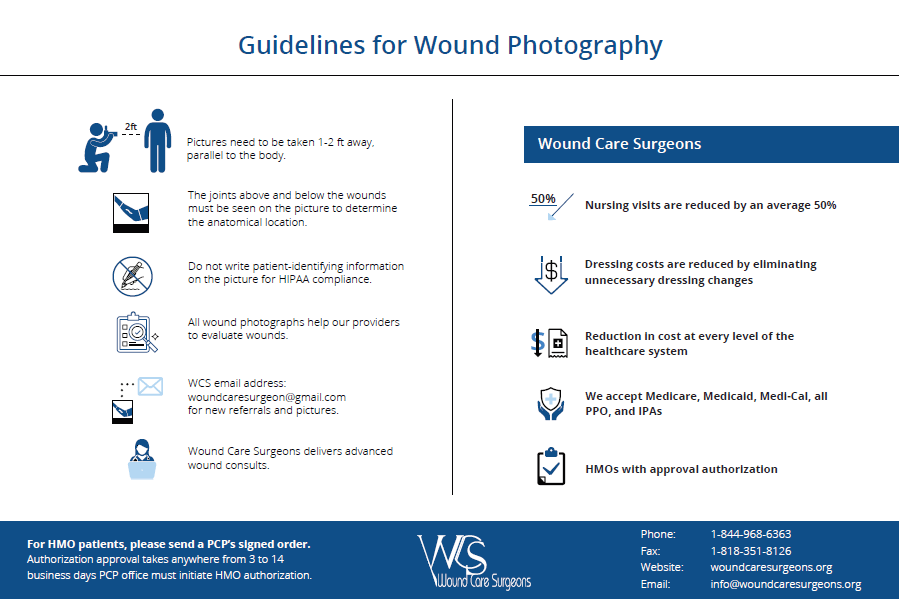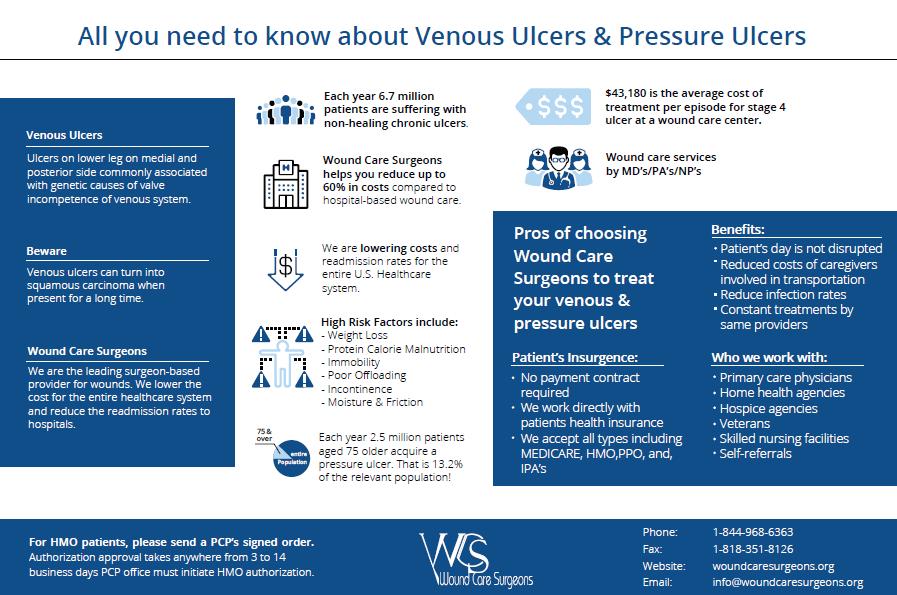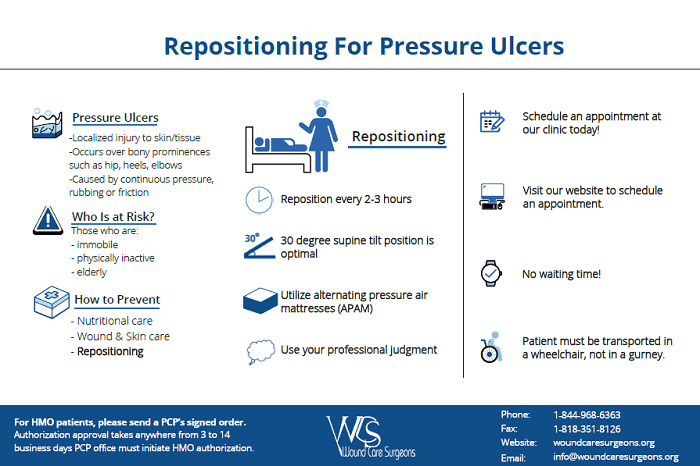
What Are Traumatic Wounds?
Traumatic wounds or extensive wounds are typically defined as cuts, lacerations, or puncture wounds leading to damage to both the skin and underlying tissues. If they are not treated on time, it can cause severe damage to the soft tissues in the skin. Traumatic wounds are a type of sudden or unplanned injury that can occur after accidents or due to any violence. These wounds include abrasions, lacerations, skin tears, bites, burns, and penetrating trauma wounds, etc. while the acute, cut, and penetrating wounds are the three categories of traumatic wounds.
1. Acute wounds occur when there is a breakage in the skin or a jagged appearance. It usually consists of foreign bodies such as gravel, glass, metal or sand, etc. In the case of acute traumatic wounds, the layers of tissues are easily visible along the inside of the cut.
2. A traumatic cut wound occurs when a sharp object penetrates the skin and underlying subcutaneous tissues as well.
3. Penetrating traumatic wounds on the other hand are the deepest and most severe wounds in all traumatic wounds. They are often the result of being stabbed etc.
Traumatic wounds can occur due to a range of different circumstances such as environmental factors, road accidents, any type of thermal or chemical exposure, and animal bites, etc. Successful traumatic wound care treatment requires an early diagnosis and assessment of the patient including the application of temporary dressings, intravenous fluid therapy, oxygen and antibiotics, and many more.
Symptoms Of Traumatic Wounds
Traumatic wounds are injuries to the skin and its underlying tissues, muscles, and bone structures. It can be defined as a medical condition where the skin has deep cuts. Here are the symptoms of traumatic wounds:
1. Swelling around the injury
2. Redness
3. Bleeding
4. Possibility of fever with infection
5. Leakage from the wound etc.
If the patient is noticing any of these symptoms, he / she must immediately seek traumatic wound care by doctors and specialists. Traumatic wounds need to be treated with early effects as the symptoms are recognized otherwise, it can lead to more severe chronic, non-healing wounds.
Causes of Traumatic Wounds
Several reasons can cause traumatic wounds. Here they are as follows:
1. Any type of incisions caused by knives. These types of cut wounds are usually clean-edged.
2. Abrasions due to scraping of the skin generally consist of some types of debris like gravel, sand, metal or glass, etc.
3. Trauma due to accidental force such as road accidents where the body parts are extremely injured, and the skin experiences a variety of lacerations and cut wounds.
4. Gunshot wounds can lead to both entry and exit wounds.
5. Severe animal bites causing penetrated skin and underlying tissues.
6. Punctures etc.
Risks in Traumatic Wounds
Some of the most common risks in traumatic wounds include:
1. Infection
2. Gangrene
3. Bulging scar tissues around the wound
4. Poor immunity
5. Sudden weight loss
6. Inflammation etc.
Diagnosis of Traumatic Wounds
It is an extensive injury both in the skin and the underlying soft tissues. To diagnose, the team at Wound Care Surgeons of qualified & trained nurses, doctors, and physicians will visit the location of the patient. They will thoroughly examine the condition of the wound and verify its severity through previous medical records. The patients can also be told for imaging and specialist tests to determine the suitable treatment for effective, safe, and proper healing of traumatic wounds.
Treatment Of Traumatic Wounds
As the traumatic wounds are severe and they involve a myriad of etiologies, the treatment can include simple cleaning & dressing the wound or it can be more extensive and may require proper surgery to treat the wound by stitching it. The wound will be surgically cleaned to enable natural healing. Traumatic wound management involves repairing damage to the underlying tissues of the skin, removing any foreign particles, and drainage the wounds. These all steps of treatment are essential to prevent infection and promote healing. Here are the treatment options for traumatic wounds:
1. Laceration - When there is a deep cut in the skin, the wound care treatment includes cleaning the wound with a sterile solution. This is performed to extract debris from the wound. After that, an antibiotic gel is applied to the wound to prevent infection, followed by a sterile dressing to keep the wound moisturized, clean, and protected.
2. Penetration Wound - If the patient has penetrated the wound and requires a surgical repair, then surgery is performed under general anesthesia. The surgeons perform a surgical incision to remove the debris of the injury. During the surgery, the vital signs of the patients are monitored throughout the procedure. Then, the wound is closed with stitches and a surgical bandage is applied to protect the wound.
3. Abrasions - When there are scratches or wearing of the skin after an injury occurred, it gets cleaned with the sterilized gauze pad soaked with saline to extract debris from the wounds. In most cases of traumatic wounds, the patients are treated with a tetanus shot to decrease the risk of tetanus infection. ‘
Prevention Of Traumatic Wounds
These are the preventive measures that should be taken to prevent extensive wounds:
1. The patients are recommended to wear well-fitted & comfortable shoes to avoid exposure to hazardous objects.
2. Be extra careful when using any sharp objects like knives and scissors etc.
3. Ensure safety with gloves and eyewear while doing related tasks.
Deep cut or infected wounds need immediate medical attention. If you want to ensure effective, quicker, and proper wound healing, seek Wound care Specialists .



